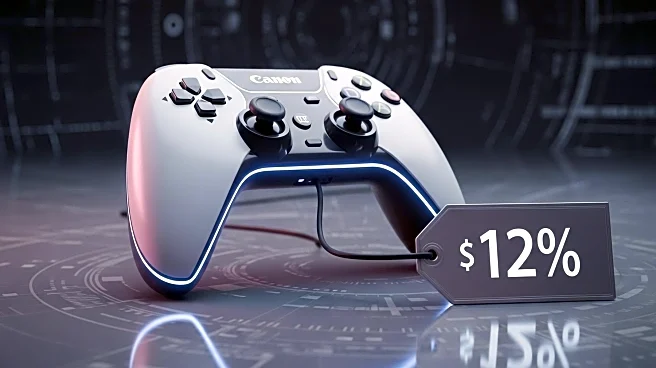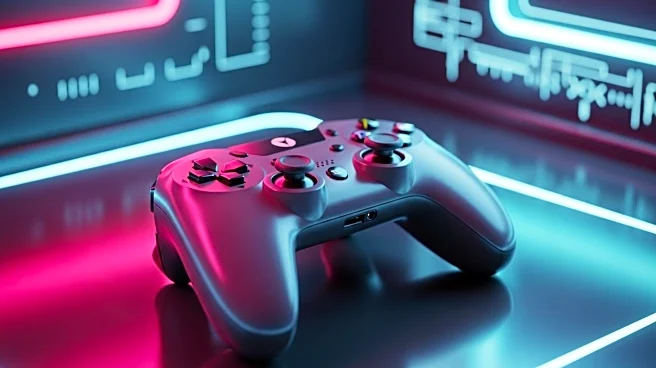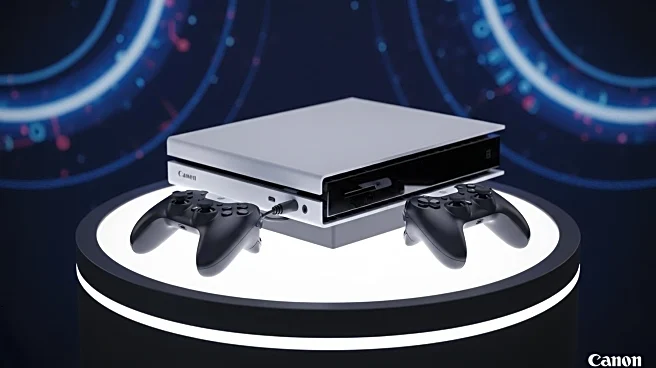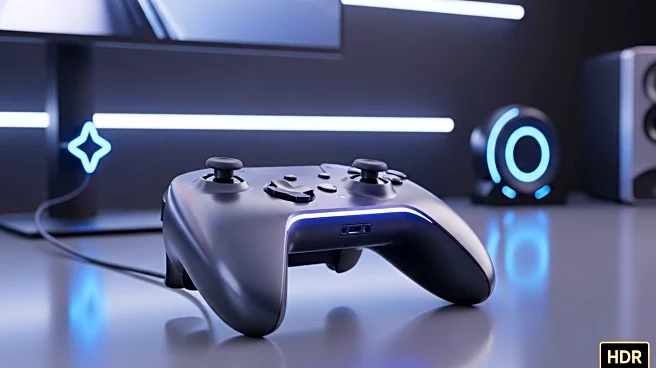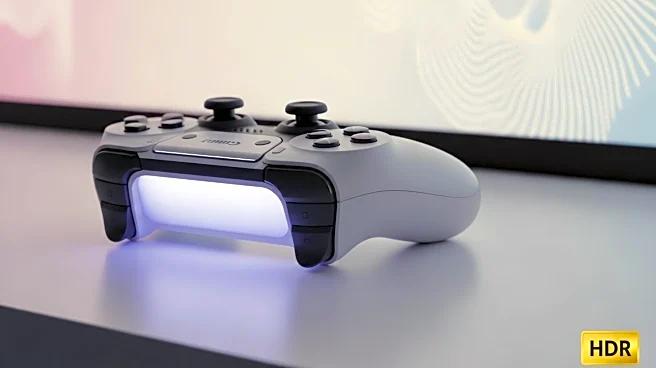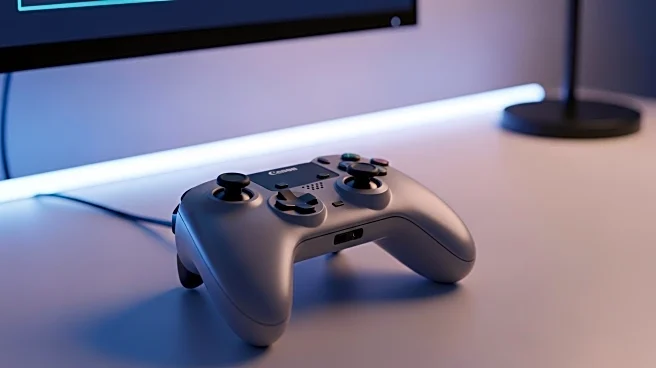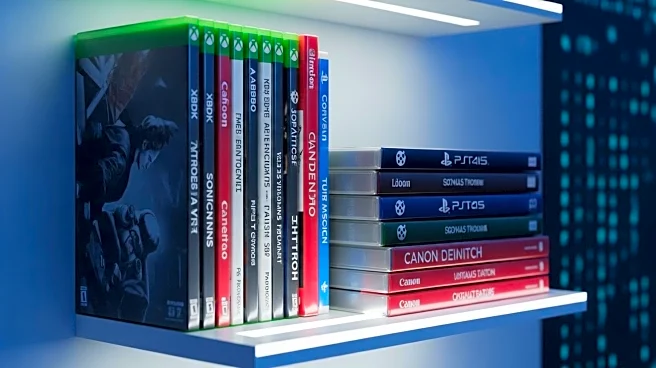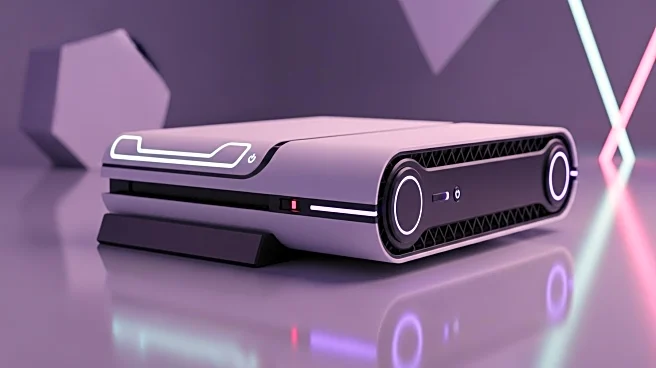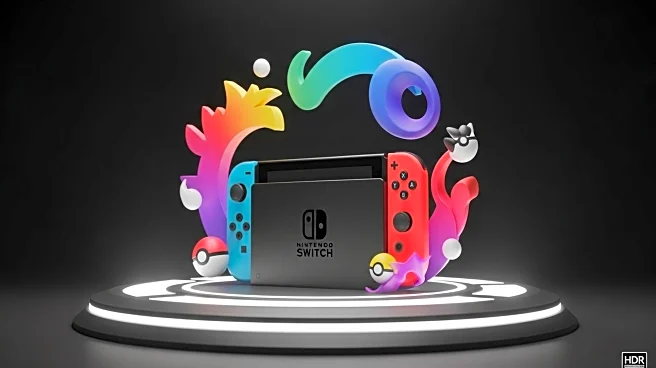What's Happening?
The U.S. video game console market has experienced a significant price increase, with units selling for 12% more than the previous year, according to Circana's August report. This price hike has contributed to a 32% year-over-year increase in hardware spending, despite a decline in sales for consoles like the PS5, Xbox Series X and S, and the original Nintendo Switch. The newly released Nintendo Switch 2 has been a major driver of this growth, with sales 77% ahead of its predecessor. The average sale price for video game hardware has risen to $453 per unit, marking a 12.3% increase. Additionally, the report highlights a strong performance in the sports gaming sector, with NBA 2K26 and Madden NFL 26 leading sales charts.
Why It's Important?
The increase in console prices and sales highlights a shift in consumer spending within the gaming industry. The success of the Nintendo Switch 2 suggests a strong demand for new and innovative gaming hardware, which could influence future product development and marketing strategies. The rise in hardware spending, despite fewer unit sales, indicates that consumers are willing to pay more for advanced technology. This trend could impact smaller developers who may struggle to compete with larger companies that can afford to invest in cutting-edge technology. The gaming industry may see a consolidation of market power among major players, potentially affecting the diversity of available games and innovation.
What's Next?
As the gaming industry continues to evolve, companies may focus on developing new hardware and software to capitalize on consumer willingness to spend more on advanced technology. The success of the Nintendo Switch 2 could prompt competitors to accelerate their own product releases. Additionally, the industry may see further price adjustments as companies balance the need for profitability with consumer demand. Stakeholders, including developers and retailers, will likely monitor these trends closely to adapt their strategies accordingly.

